Lambinowice POW camp
What is that in the tree?
along the road we saw some round growth in the tree and it
looked like a birds nest on the first look – but then we discovered that it
actually grows... so we checked it out: it is Mistletoe and it grows as a semi parasitic plant on the tree, and we
learned it is useful in medicine – but it looked really funky…
Small town and Small street driving
today our plan was to drive to Krakow and on the way to stop
in Lambinowice, and as we already experienced yesterday we drove a lot of tiny
roads to even tinier towns... lots of curves and always a lot to see... it was
really nice and on the way we even found a supermarket so we could get something
for lunch....
the cemetery of Soviet POW – Cmentarz Jencow Radzieckich
as we followed google map and the road gets narrower and we
wondered if the road ends sometime soon... we suddenly see a huge cemetery and
a van stopping there with some school kids... so we stopped too and by accident
we were at the cemetery for the Soviet POW's of Lamsdorf (Lambinowice).
Walking up to the huge memorial, we saw those really funky
growing interesting trees on the mass graves...
- The first traces of mass graves were found in July 1945, after starting to exhumated, they came up with the number of 40.000 victims, mainly soviet soldiers and polish home army POW’s
- According to orders from the German military: burials were to be arranged that they did not draw attention
- The monument has sculptures symbolizing the fallen
Stalag 318 / VIII F (344) – the Soviet camp
continuing the cobblestone road we suddenly drove along a
huge barbed fence and around the corner is the entrance... and we read that we
are in Stalag VIII F – which was the soviet POW camp. You can see the ruins of
the bunkhouses, a few have some steel to it to hold them up, we could drive
through the camp and stopped once in a while to go out and walk around the
buildings... one bunkhouse after the other. At the very end we came to a guard
tower and one intact bunkhouse– when having a peak through the window it even
had beds inside.
Also along this side of the camp was the original rusty barbed
wire on the fence poles going around those white wire holders....
no-one is here, except us here in the forest in the middle of
nowhere.... it was so different from what you see in the other camps, since
they are preserved and sometimes reconstructed, but not often as here: where it
looks like as it was when they left it with the grass and trees growing in the
last 70 years. It made quite an impression on us.
During we were there – a guy came in with a van to cut the
grass, he didn't say anything to us (maybe
he knew we would not be able to understand polish) – when leaving we discovered
that there is a “no driving in” sign.
- Stalag VIII F opened in July 1941 for Soviet and Polish Home Army POW – it was locally known as the Russian camp. Stalag VIII B already existed and this camp 2 km from the original for designed for Soviet POW
- When the first POW’s arrived they dug themselves pit dugs to have shelter from rain and cold until the bunkhouses were built
- The conditions were very poor and it’s estimated that 200.000 Soviet POW were here – 40.000 of them died or starvation, mistreatment and disease
- Besides the Soviets here were Serbs, Italian, 6000 Warsaw insurgents and 1500 Slokavian insurgents
- The Germans did not apply the Geneva Convention Rules, since the Soviet Union never signed it – and the POW’s were treated in the most severe way
- In January 1945 the camp was evacuated and the POW had to walk westwards – on March 17, 1945 the Red Army reached the camp, they found around 1000 Soviet POW and a few dozen POW from Allied forces which all got brought to army hospitals. They also found hundred of corpses of deceased and tortured Soviet POW in the huts.
On the way to town:
Gine was reading in the internet that Lambinowice is a large
site and you should have a car– and once you are here you know why: you drive
to the Soviet POW cemetery – then you drive another 2-3 3km to the Soviet camp
– another 3 km to the town, Stalag VIIIB is 2 km out of town and then the old
war cemetery.... so yes without a car you wouldn't see it all – it is not one
site it is a whole town of sites.
the Lambinowice POW museum
continuing on the cobblestones (I wonder if they are original
stones) hoping that we come out somewhere and suddenly we are in the town of
Lambinowice or Lamsdorf. The building which was once the head quarters of the
military range and built in 1930 is today the museum with a small exhibition which provided
us with a lot of information about POW during the war as well about the
massacre of Katyn.
All this got as thinking again – yes, we talk about all the
people dying in the concentration camps – but the huge number of POW are often forgotten,
and a lot of them suffered and died during the war.
What is Stalag – what about the POW in WWII?
- Stalag: was a term used for Prisoner-of-War camps: it is short for STAmmLAGer (Base camps) – Stalags were operated in WWI and in WWII
- famous is Stalag III from the Great Escape
- overall during WWII 130 Stalags operated and 8-9 Mill POW were in the camps, 3.5 Million died
- the first time they used the word POW was in 1660
Stalag VIII – Lambinowice
- here was already a POW camp during the Franco-Prussian war from 1871-71, and again in WWI were here around 90.000 POW’s
- between the wars it was used by the Germans with organized drills on the range, in 1933 the SA was set up and starting in 1936 they used it for the Wehrmacht for practising purposes in preparation for invading Poland
- During WWII the Nazis had here one of the largest POW camp in the territory of the Third Reich, its estimated that there were around 300.000 POW’s with 200.000 of them Soviets
- it had several POW camps: VIIIB with prisoners from Australia, Belgium, Britain, Canada, France, Greece, New Zealand, Netherlands, Poland, South Africa, US and in VIII F were POW of the Soviet Union and the eastern states
- Germany treated the Soviet and Eastern POW different – they lived under harsher conditions: Germany had around 5.7 Mill Soviet POW: 1 Mill got released during the war, 500.000 escaped and 930.000 were found in camps after liberation, the remaining 3.3 Million 57% died during their captivity (in comparison 3.5 % of the western POW died in captivity)
- Often they changed illegally the POW status into that of a forced labour and then transported them into concentration camps – in Oct 1941 4000 Soviet POW were transferred to Ausschwitz and another 2500 to Gross-Rosen
- After 1945 the Soviets used Lamsdorf to house German POW and Polish soldiers
The Massacre of Katyn – Stalyn – and what has all this
to do with Poland:
- History itself is interesting and when looking back sometimes very confusing and we can only wonder
- Poland was the one loosing out: Aug 1939: the German and Soviets signed a pact which included the secret agreement of the partition of Poland between Germany and the Soviet Union. On Sept 1 Germany invaded Poland starting WWII) and on Sept 17 the Soviet Union also invaded Poland. But then in June 1941 Germany invaded the Soviet Union – so in July 1941 Poland signed a pact with the Soviet Union to go together against the Germans as well as to re-establish the polish army: what Poland didn't know at that moment was that the Soviet Union already executed around 22.000 polish soldiers in 1940.
- Let's go back again: in 1939 the Soviet Union had a huge number of polish POW: 240.000 including 10.000 officers. In 1940 Stalin decided to execute 14.700 polish prisoners in 3 special camps as well 11.000 polish prisoners. It was well prepared in advance and the killing took happened at specific places and times , the planning even included as which weapons and equipment to use for digging the place. The Relieving lasted about 6 weeks.
- Overall from Kozelsk camp: 4400 mainly in Katyn, from Starobilsk 3700 in Kharkiv, from Ostashkow 6300 in Tver
- This also brings up the question: How many people did Stalin actually kill? The Dictator Joseph Stalin was in power from 1922 – 1952: during the famine he moved around 5 Mill, he also killed 750.000 military and party members he thought may oppose him. We don't know how many, the estimates range from 5 – 60 Mill, most historians think about 20 Mill – so if looking at this he killed more people than Hitler (12 Mill during Nazi Germany) but Mao in China tops him with killing (assumedly he killed somewhere between 50 – 80 Mill). But if we add the 40 Mill Soldiers and civilians who died in WWII then Hitler would be up to be responsible for the death of 50-60 Mill.
the War cemetery
a huge field with little stone crosses each over a small
stone hedged grave – as far as we read and saw they were all from WWI. But they
estimate from exhumations that during WWII around another 4000 POW were buried
here.
Since It’s lunchtime, Gine said maybe we find a nice bench
here, but Paul thought this is not an appropriate spot for lunch so we
continued on.
time for lunch break
we bought this morning in the bakery or:piekarnia in polish, some
salty pastry for lunch... all what we need now is a spot to eat... and as we
drive along and come through one of those little towns, we see some benches
near a little creek and a bridge and parking: perfect to have lunch and the sun
shine: I can't remember maybe 3 cars went by during we were there... guess
there is not a lot happening around here, but then we nearly never saw a person
either.
Did I mention we thought that we bought some kind of sausage
rolls, but we actually got sauerkraut rolls... that was different!
a long drive to Krakow
and you have to pay here on the autobahn.... ok first we
didn't know how fast you can drive: now we know: 140! funny Paul drove 160 and
had a lot of cars up his butt.... and then you also have to pay on the
autobahn!!!! Ok, it does go faster than driving on the little roads... but it
is not as much fun either.
With a few construction sites – needed a coffee refresher at
McDonalds and then it was way later than planned, so we skipped the next stop
and went right towards Podgroze (see next blog)
we found a huge mall
since we had a great experience in Prague with large malls
and food courts – we thought we try it here in Krakow again and we found the
Bonarka City center. And it has a great food court with a kind of buffet style
– so we checked it out: with all kind of different perogies and cabbage salad
in all styles – we loved it.
our Airbnb in Krakau
yesterday we checked and discovered we don't have a street
number # - that is when we got the street and apartment number. Arriving here,
we parked outside of the compound and it was quite a walk around the fence –
but we could convince Sebastian that we would like to park inside, so we got
the code.
As per Airbnb we would have a king size bed, which is
actually a Twin bed. And Towels – no he didn't have some, but he will have them
tomorrow... the rooms is quite small, and it makes you wonder how they live
here. This apartment is tiny – the kitchen is barely a corner no table – no
stool. The bathroom is ultramodern with background lightning in the shower, but
it misses the shower curtain, which makes the floor wet when showering – and
our room (as well from what I saw in the other room) are both super tiny.... ok
we are only here for sleeping.
In the morning when making coffee we discovered that there is
only 1 cup!!!!! really – so Paul had his coffee out of a glass – really
fashionable!!
And did I mention Sebastian gave us the code to drive out,
but it didn’t work – luckily someone else went out when we left and also drove
in when we drove in….. this was definitely not the best spot we booked

 Łambinowice, Opole Voivodeship, Poland
Łambinowice, Opole Voivodeship, Poland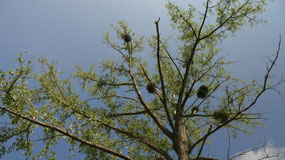
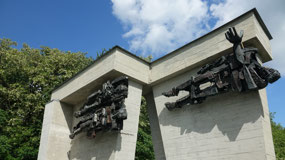
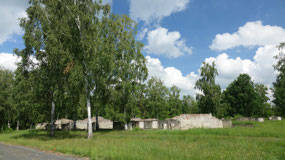
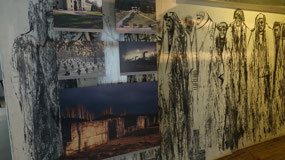
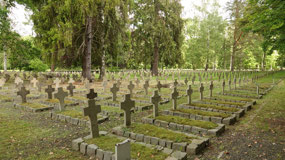
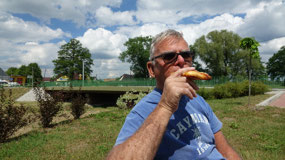




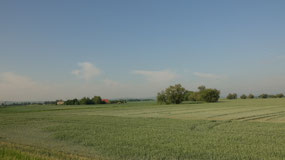


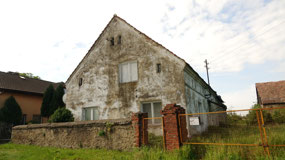
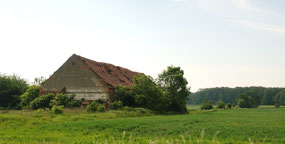
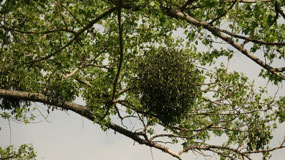
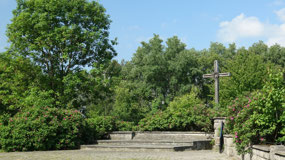
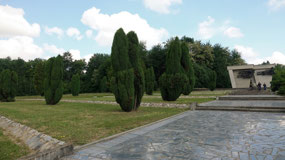
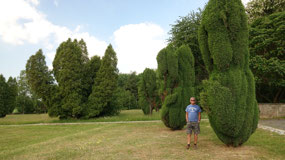
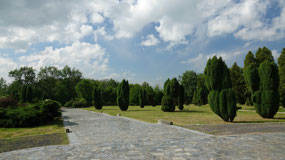

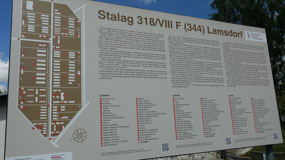
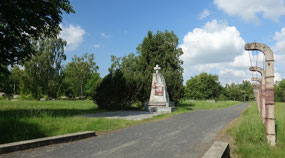
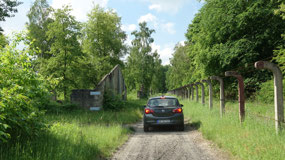
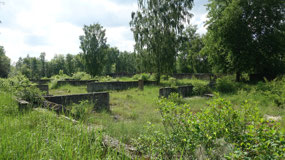
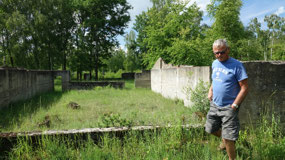
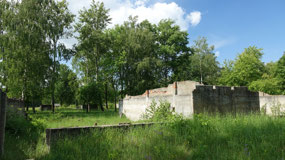
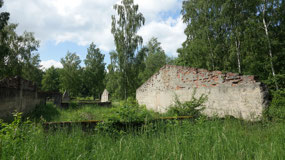
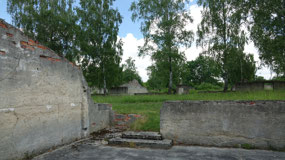
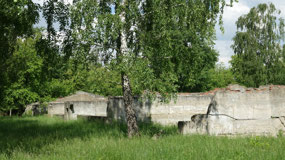
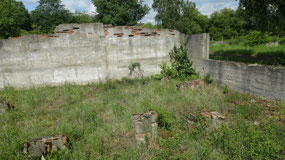
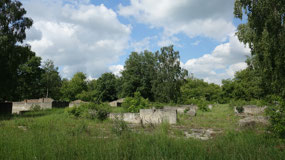
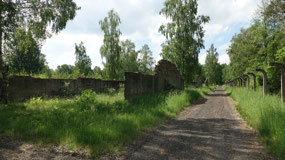
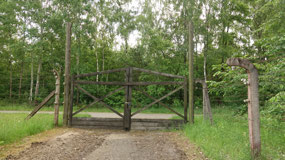

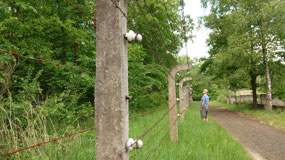
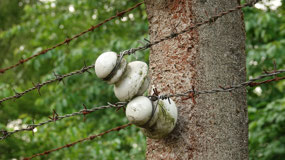
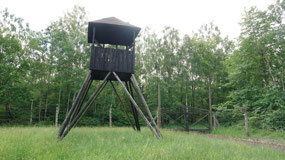
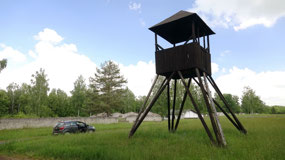
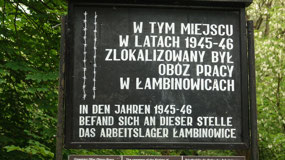
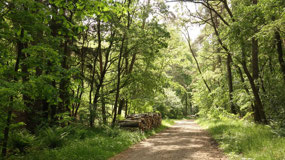
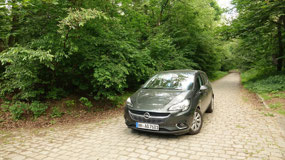
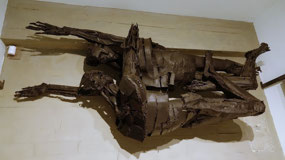
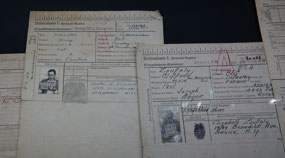
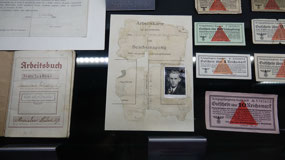
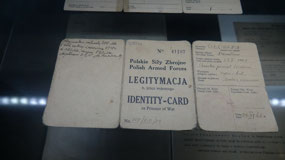
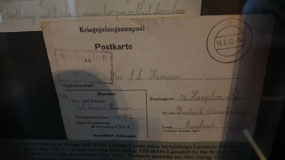
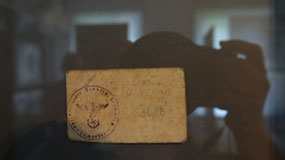
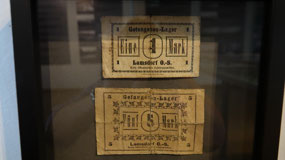
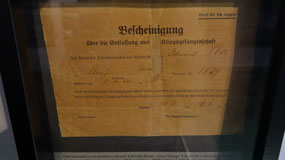
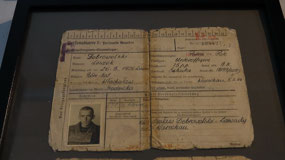
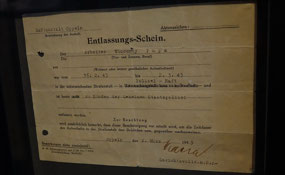
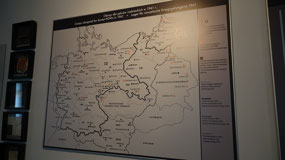
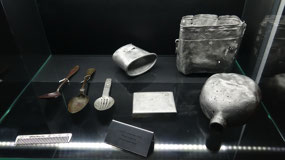
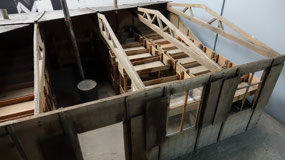
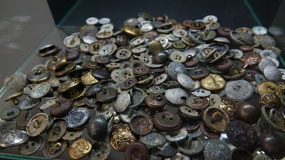
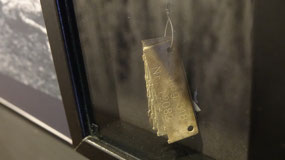
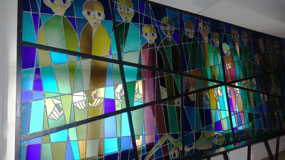
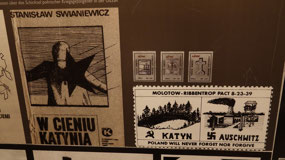
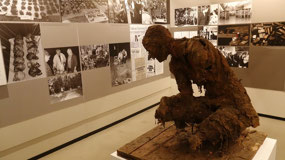
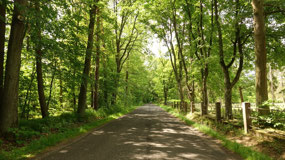
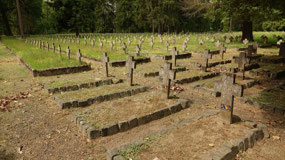

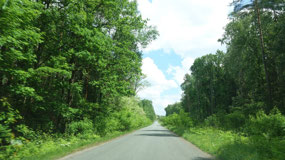
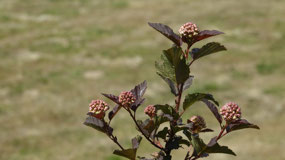
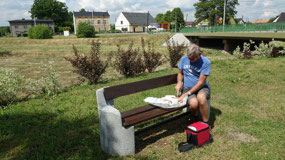
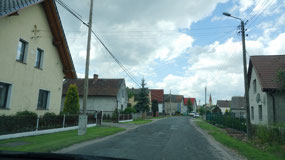
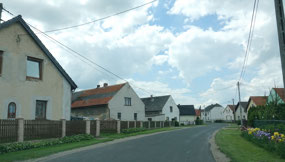
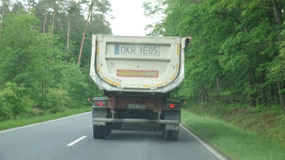
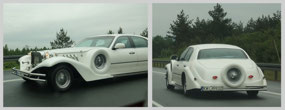
2025-05-23